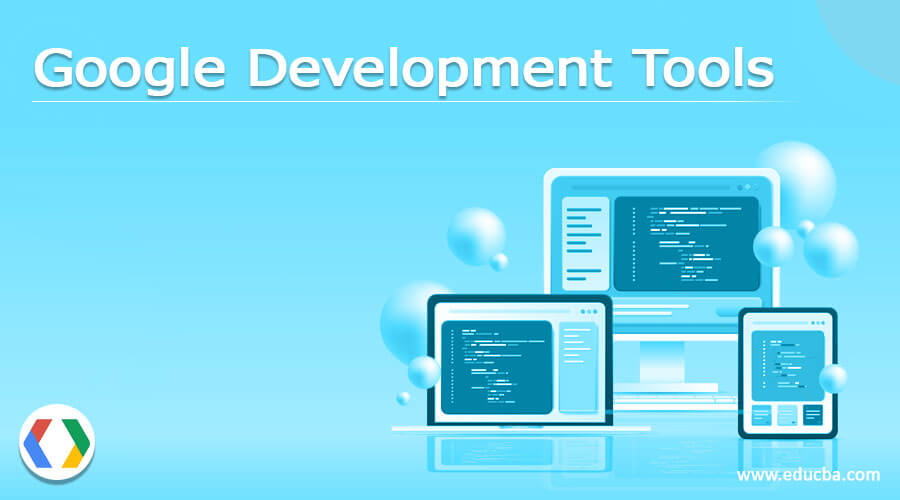
Introduction to Game Development Tools
One of the largest in the world is the gaming industry. It employs 100,000 people worldwide and earns over 100 billion dollars annually from 2017. This is why many developers and enthusiasts want to make and rake in the dough for their games. We have compiled a list of valuable tools that streamline the game dev process and optimize the results with many mobile game development tools on the market.
List of Game Development Tools
Let’s have a look at the game development tool one by one.
1. Unity
Unity has a popularity that is fast as large as the Unreal Engine. Unity has several advantages over unreal, which can serve as the deciding factor depending upon the type of game that you want to create. The development of games is quicker and easier. It is also better for multi-platform games – The unit moves to a new ecosystem with less porting and more tweaking.
2. Godot
Both 2-D and 3D games work well with the Godot engine. Godot has a wide range of commonly used elements and instruments so that users can concentrate entirely on making the game. The engine is open and free to use – no strings attached. What users create is theirs. An extensive online community offers users new features and bug-related issues support and updates.
3. GNU Tool Chain
The open-source equivalent of Visual Studio is the GNU compiler collection. If you develop your games in the Linux ecosystem, you probably have already installed a great deal of the toolchain. It can work with almost any coding language that you can imagine. It’s not an IDE alone, but it is all you and a good editor will need, whether you compile, link, or debug.
4. Mixamo
An online platform for Adobe characters and animations is Mixamo animation software. Users can download animations and characters free after registration with Mixamo animation software. Users can select the character, add the animation, and then download it as a suite. In addition, in illustrations, interactive experiences, games, and movies, users can add animations, skeletons, or 3D characters.
5. Helix Core
Perforce’s Helix Core is an application intended to keep teams on the same page, from storing source code to sharing digital resources without the hurtle with Google Drive or GitHub. Anyone who has worked on any project with a team knows that an extra workforce can be great, but they can have problems. Source control is essential for me to manage every team project. Helix Core allows you to maintain project versions easily and helps you track modifications without interrupting your team’s workflow.
6. Houdini FX
Houdini FX is my way of generating procedures and simulations. The product portfolio and large community of Houdini bring together team-based projects with complex visual effects. Houdini Core offers artists involved in creating a feature, commercial, or video game a unique 3D animation experience, making it one of the market’s most versatile tools for game development. The Node-based approach of Houdini allows networks of nodes to be shared into custom nodes. Programs with visual node systems are commonplace, but Houdini builds on this concept in a way that compacts and organizes projects considerably more.
7. SpeedTree
SpeedTree is a standard in the industry for creating trees, bushes, and other vegetation in seconds with a robust customization system and is used by both blockbuster films and games. Recently, with a new workflow, SpeedTree has moved to PBR materials where the color, tone, and contrast of the textures can be changed without leaving the application, together with a new 150 trees and shrubs and plants library, scanned with a real-world example on North Carolina arboretum.
8. Quixel’s Megascan
The Megascan Library in Quijel offers gorgeous, realistic 3D game and film materials. All models have fine UV rays and perfect textures, and import them seamlessly from 3ds Max to UE4 and beyond. Quixel has quickly become a “one-stop store” for many developers looking from their comprehensive photo-scanned library for realistic material and 3D assets. It is easy for Quixel’s Bridge to download and export these assets into your choice engine quickly. You can also record and edit textures using the bridge as appropriate for programs such as Substance Painter or any software for 3D rendering.
9. Krita
Krita is a free, open-source Photoshop alternative. It is not an exact clone, with its skills and brushes, and behind it, a large community. I love open-source thinking, and I love Krita. But for every developer, the Adobe Suite is a must. Krita cannot use Photoshop’s extensive brushes and actions available on the market.
Conclusion
In this article, we have seen various Game development tools and their features. You can choose any of them based on your requirements.
Recommended Articles
This is a guide to Game Development Tools. Here we discuss the introduction and the list of Game development tools for better understanding. You may also have a look at the following articles to learn more –

